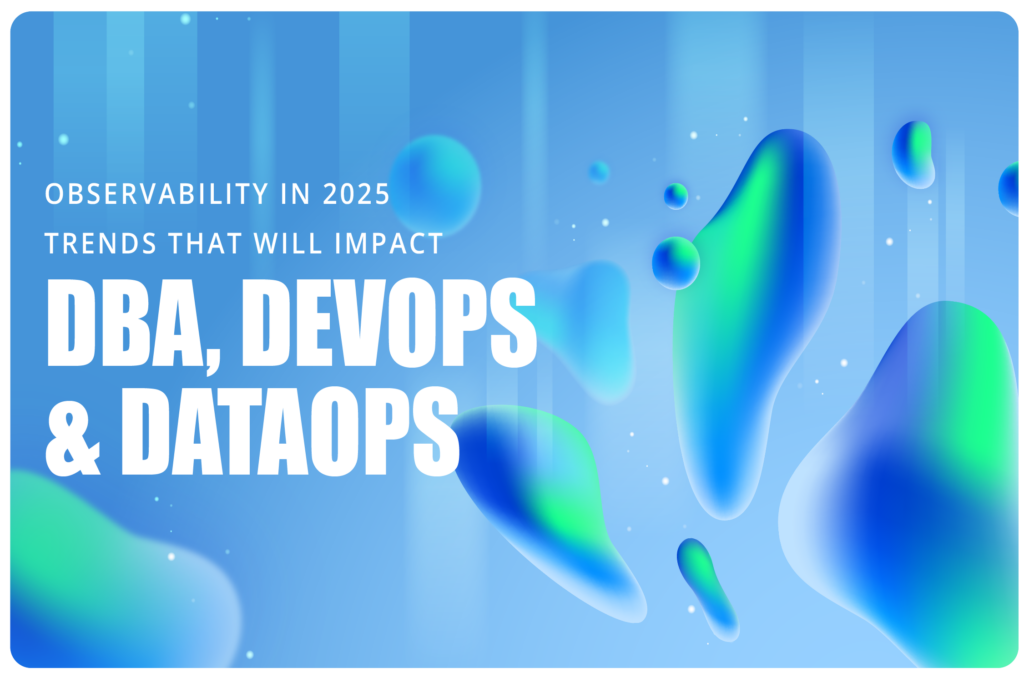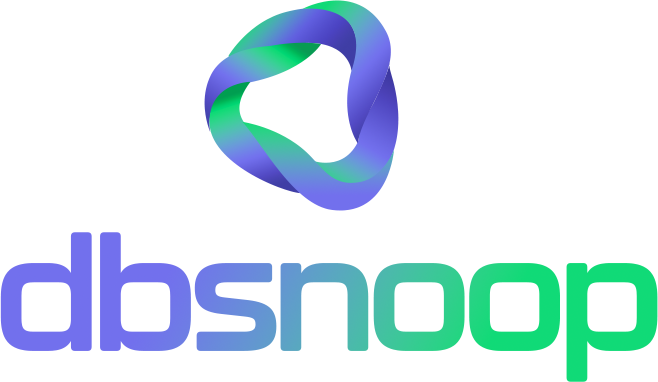

In the current technology landscape, observability has evolved from a mere monitoring tool to the compass that guides DevOps operations. As we head into 2025, this evolution is accelerating, driven by the cloud, AI, and an increasing need to connect technical metrics to direct business impact.
What was once a “look” at the infrastructure is now transforming into a complete, contextualized, and predictive “vision.” For database and DevOps professionals, understanding these trends isn’t a luxury, but a necessity to remain relevant and strategic. This article explores the five major transformations that will redefine how we think about observability and how tools like dbsnOOp are at the forefront of this change.
Trend 1: Predictive Observability and the End of Reactive Troubleshooting
The era of reactive troubleshooting is coming to an end. The future of observability isn’t just about issuing alerts when a problem has already occurred, but about using AI to predict that it will happen. AI goes beyond simple anomaly detection; it understands your database’s behavior patterns to predict performance failures or deadlocks before they impact the end user.
What this means for you: Instead of rushing to put out fires, your DevOps and DBA team will focus on preventive actions. AI will flag a query that is starting to show performance regression, a subtle increase in wait time, or resource consumption that deviates from the standard, allowing for a proactive fix. MTTR (Mean Time to Resolution) will become less relevant than the ability to prevent the problem in the first place.

Trend 2: Root Cause Analysis with Generative AI
If predictive AI is the alarm, generative AI is the expert who arrives with the solution. In 2025, observability platforms will integrate generative AI to go beyond simple optimization suggestions. They will not only identify the problematic query but also generate detailed, natural-language explanations of what is happening.
What this means for you: AI will explain why your PostgreSQL optimizer changed the execution plan, why a specific table is growing exponentially, or what the impact of a new index is. Furthermore, it will be able to generate the optimized SQL command, the code to refactor your application, or the script to automate the fix, eliminating the time spent on manual analysis and speeding up the correction process.
Trend 3: Observability as a Platform Engineering Standard
Observability will no longer be an optional tool installed after an application launch. In 2025, it will become a fundamental part of platform engineering. This means that telemetry will be embedded in the code (shift-left observability), allowing the development team to understand the impact of their queries and commits even before they go into production.
What this means for you: Fewer bugs in production, faster development cycles, and a culture where performance is everyone’s responsibility. The integration of observability into the CI/CD pipeline will allow the system to automatically reject a commit that causes a performance regression in the database, ensuring that only efficient code reaches the cloud.
Trend 4: Direct Connection Between IT and Business
The future of observability isn’t just about technical metrics. It’s about how those metrics translate into business results. In 2025, platforms will connect a query’s downtime to revenue loss, an increase in latency to a drop in customer satisfaction, and database performance to the effectiveness of a sales campaign.
What this means for you: Your technology team will become a strategic partner, capable of quantifying the value of their optimizations in terms of cost and revenue. This facilitates dialogue with company leaders, justifies infrastructure investments, and transforms DevOps and DBAs into agents of business growth.
Trend 5: Observability as a Cloud Cost Optimization Tool
In the cloud, performance and cost are intrinsically linked. An inefficient query not only slows down your application but also increases your service provider bill. The future of observability is focused on cost optimization, allowing teams to identify and fix bottlenecks that consume resources unnecessarily.
What this means for you: AI will suggest the best way to optimize your infrastructure, from the ideal instance type for your database to the elimination of queries that are unknowingly generating overhead. The future DBA and DevOps professional will also be FinOps specialists, ensuring that optimal performance is achieved at the lowest possible cost.
dbsnOOp: At the Forefront of Observability
The trends for 2025 point to a future where observability is smarter, more predictive, and more strategic. dbsnOOp is already on this journey, offering the telemetry and AI needed for your team to not just follow the trends, but to lead them. With dbsnOOp, you transform reactive troubleshooting into proactive optimization and the complexity of the cloud database into a competitive advantage.
The future has arrived, and it’s observable.
Schedule a demo here.
Learn more about dbsnOOp!
Learn about database monitoring with advanced tools here.
Visit our YouTube channel to learn about the platform and watch tutorials.


